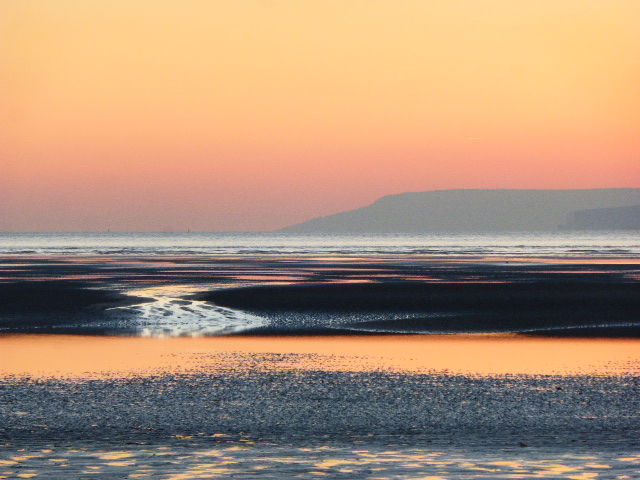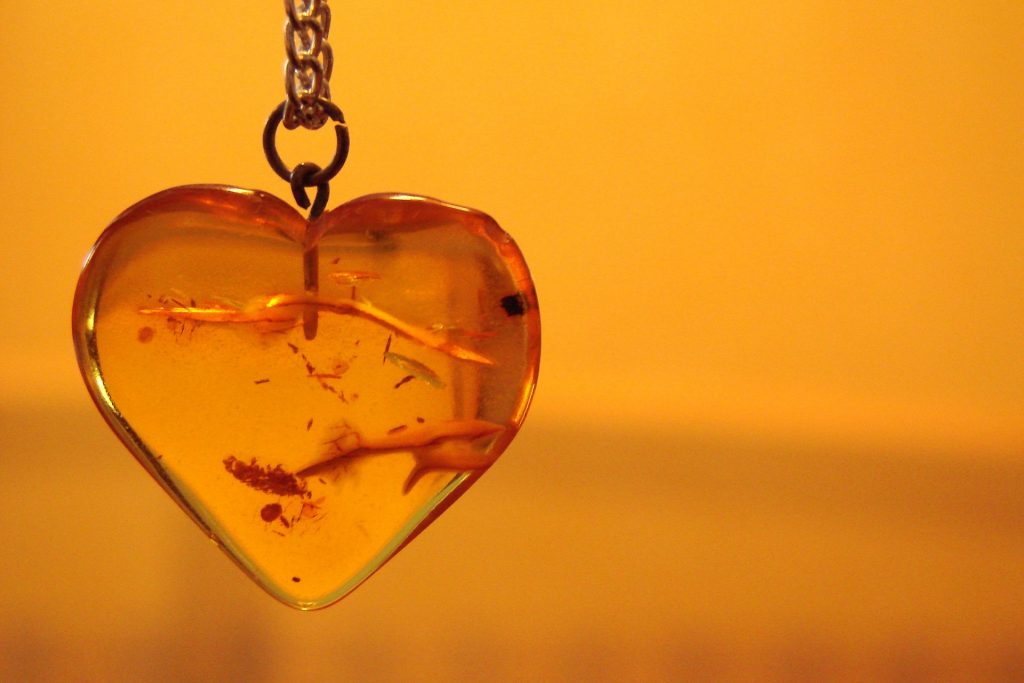
This is a tale told in wind-ruffled foam and caught in desperate nets . . .
All the listening folk and the Lord-by-the-Sea came wrapped up well to the Lone Chapel on the night this tale was told. Storms had tossed the shingle round like so many wheat grains. Salt smeared the windows where the rain did not lash, and the waters roared beyond the dunes.
‘Tell us a tale of Spring,’ a young man asked, his face lined with worry. ‘We have need of it.’
Even the Lord deep in his thick coat nodded.
The Pilgrim Woman pulled on a fine chain about her neck. She fondled the smooth pendant on it and then began:
The Laird of the Cold Lands came down in a mantle of fog. His heartless sorcery turned boats into ghosts, coated branches with icy fur and forced the sun into the pale costume of the moon.
Behind the folds of a damp grey sky, he worked his changes. Gave aches to old knees, put wheezing airs in lungs and halted the growth of buds. With his breath, he stilled the pools, wrinkled their surfaces into rumpled glass, hard and binding.
One snap of his blue fingers and even the rowan berries froze into translucent jewels. Crab apples drooped in glossy rotten clusters. Reeds grew black with frost-burn. What mischief there was to be had with stealthy smears of black ice, with frozen ditches bubbling with noxious gas, with distended pipes ripe to burst.
Now on a grey day of low sullen cloud and damp air, a girl came to the edge of the sea. She came many a day searching for driftwood to burn against the seeping chill. Her eyes were quick and sharp. As well as driftwood, lumps of sea-coal and tarred rope that might burn, she sought other things.
It had been a long cruel winter. The Laird of the Cold Lands subdued all spirits. He kept his frozen hold upon the soil and the waters. He blotted out the light from the sun with his clouded plaid, took away the colours and left the people of earth and sea much troubled.
The coast dwellers had little food left in their larders. How they loved the orange of carrots, the purple, cream and green of turnips and the red shine of newly washed potatoes. Yet even the stored apples with their joyous scent and the purple ripples of winter cabbage were coming to an end.
And so the girl searched the tide line in the murk. She could see no more than three paces in any direction. As the tide ebbed, the licking of it left the shingle gleaming. At sunset, even the Laird of the Cold Lands could not stop a glow creeping beneath the edge of his mantle.
Bent beneath her load of coal, wood and rope, the girl sought pebbles of colour. She plucked carnelian, salt-washed flint and tide-rounded glass from the numbing surf. Serpentine, jasper and good red brick weighed down her pockets. Later, in a saucer of water around a rushlight, they would make a circle to remember the warm days by.
She thanked the sea and all its people for her treasures as was her custom, and turned to go. A wave rushed up to her boots. She stepped back. Hidden in a curl of foam, a pearl-white hand left a gift on the shore.
The girl pounced on it. She held it between her thumb and forefinger against the thin seam of sunset. A lump of golden light, a promise from the merfolk of the northern seas that warmth would come again. She raised the nugget of amber in defiance.
The Laird of the Cold Lands spat with sleet-hearted rain. He knew defeat when he saw it. He could not stop the signs of his adversaries. The green fingertips of snowdrop leaves still rose. The song of the robin redbreast could not be gagged by fog or sleet. The days of colour would return.


Painterly gorgeous, Philippa.
That’s very kind, Frances. I’d like it to be a bit Jackie Morris or a Sulamith Wulfing if I could.
Will there be more of this story? The mythical elements are beautiful.
Lovely to hear from you in the Southern Hemisphere, Yvette -and thank you for your kind comments. It’s possible that the amber-gatherer might crop up again – but these tales are mostly stand-alones.